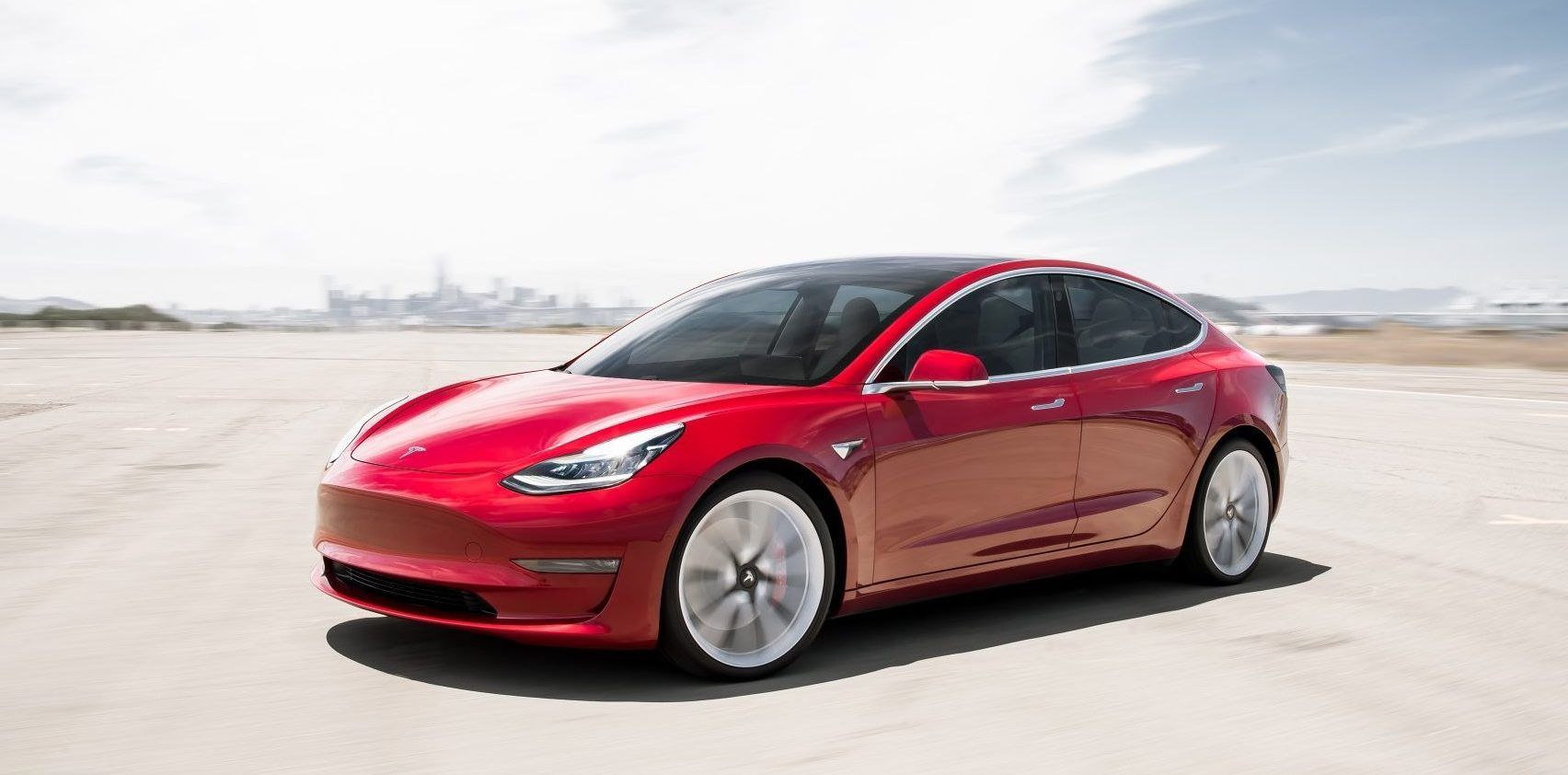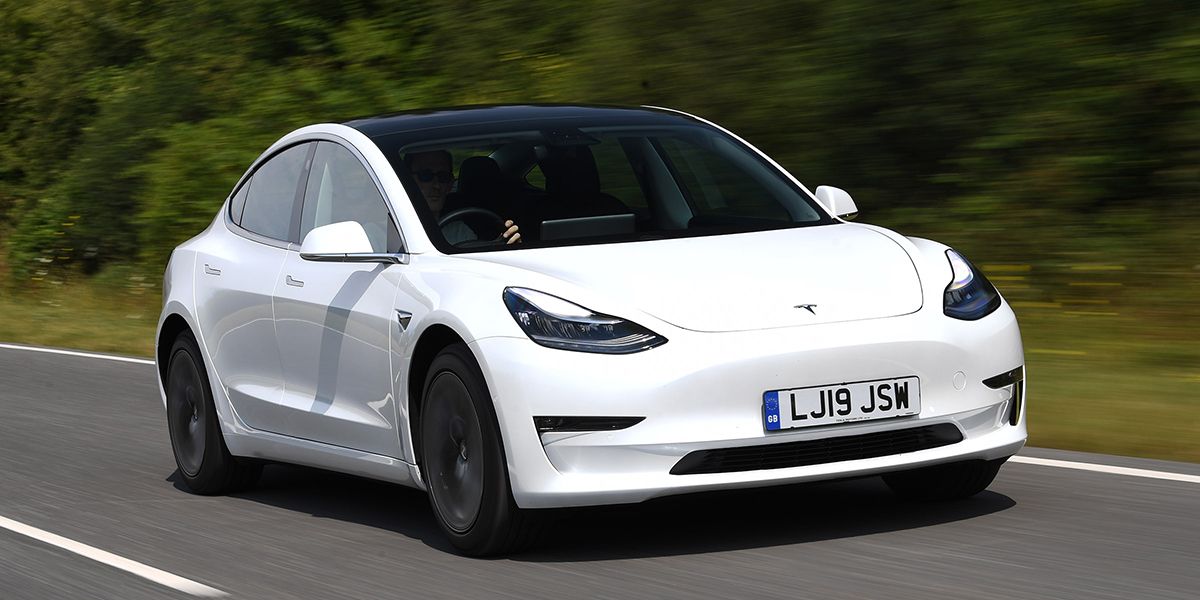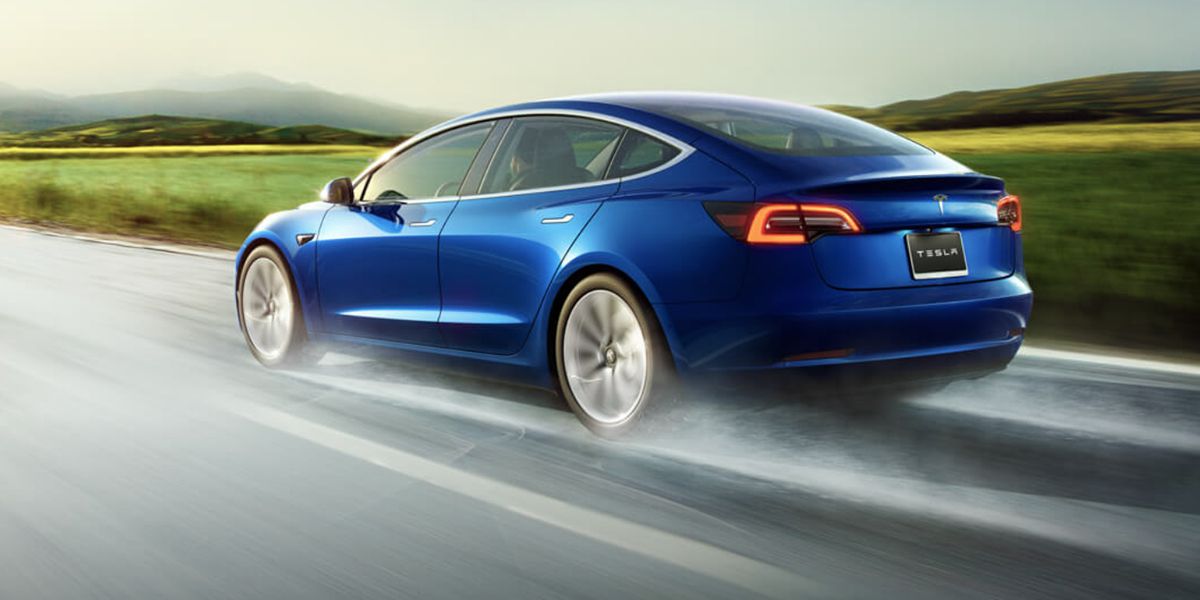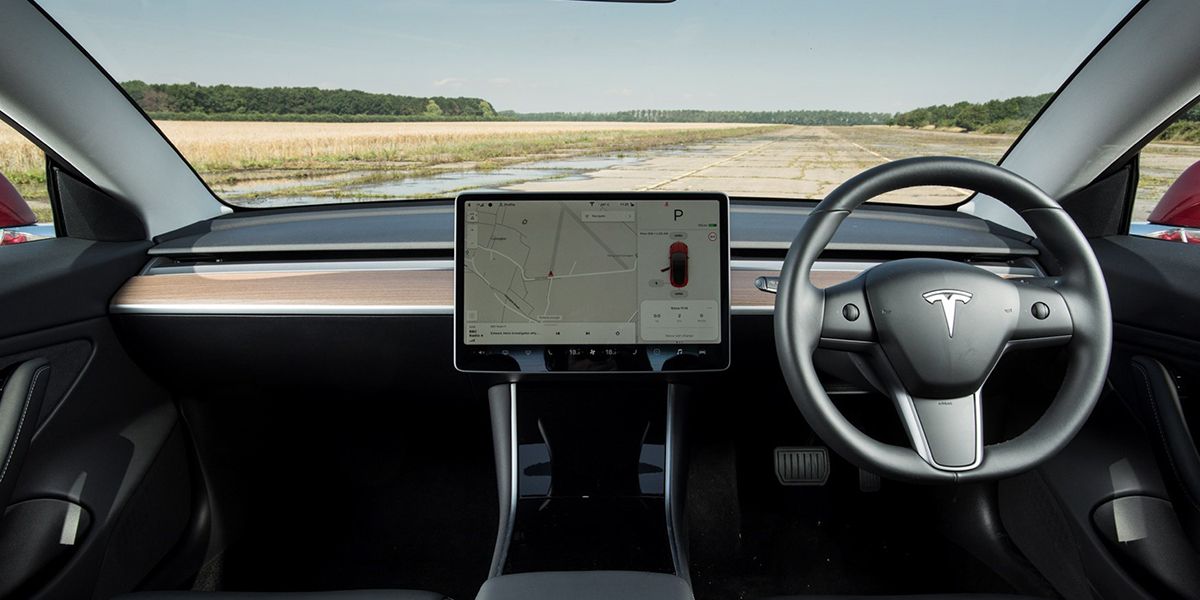Launched in 2017 with the first deliveries rolling out in July, the Tesla Model 3 is not only the most affordable car from the house of Tesla, but it is also a bestselling model.
As of March 2020, more than 500,000 units of the Model 3 have been sold, and it stands as the bestselling plug-in electric car in the world for 2018 and 2019, and the best selling plug-in electric car in the US since its launch.
Despite immense production bottlenecks and disasters, Tesla has been able to deliver a lot on what it promised on the Tesla Model 3, even if it could not make the car as cheap as it had once promised. Sales show that all is forgiven considering this is a car that still falls in the affordable range for anyone who can afford a new sedan.
But what is the true cost of owning the Tesla Model 3, and is truly cheaper than owning a gas-powered alternative of the same range?
The Price Of The Tesla Model 3
Buy an electric car, they said. It will be cheaper, they said. And frankly, they were not incorrect. But the true cost of an EV as compared to a traditional gas-powered vehicle is still a bit murky because there are a lot of things to consider, and the concept of EVs is still a pretty new one. And that’s is especially true of a Tesla Model 3.
For now, Tesla Model 3 is the cheapest from the brand, even though it has crossed the $35,000-price mark so promised by Tesla.
The base trim of the Tesla Model 3 stands at $37,800 and if you look at the long-range or performance variant, this “entry” EV from Tesla can nearly touch an astonishing $60,000. Cheap, it is not and in that, they truly were wrong.
The Actual Cost Of Owning A Tesla
After you have paid the price of the Tesla Model 3, which depends on the range of the car, and is also affected by the state you live in for delivery, shipping, and insurance, it is time to calculate how much the car costs you.
For most of us who have grown-up in and around gas-powered cars, the major monthly expense is the fuel used in the car, again depending on the kind of driving you tend to do.
The popular belief is that electric vehicles are cheaper to “fuel”. Not only does a full charge take you 200-300 miles, if not more, depending on the vehicle you bought, but electricity is cheaper than gas in the long run. Yet again, variables are affecting this as electric bills differ in different states. Plus, if you use fast-power charging stations rather than charging the EV at home overnight, you have to pay.
According to InsideEVs, Ben Sullins owned a Tesla Model 3 for three years and worked out his cost of ownership at $26,639 which is more than a Honda Accord but a lot lesser than owning other traditional gas-powered luxury rides from BMW, Audi, and even Lexus.
The Variables To Consider
When you buy an EV, you eschew gas in favor of electric power, and while you do pay up more on the EV most think that in the long run, they prove to be cheaper. This logic is also based on the proof that hybrids offer us, most hybrid cars do help you increase fuel economy and save a lot on fuel costs.
So if you buy an EV that needs no gas and runs only on electricity, the savings have to be more, right? Remember though, the way your style of driving affects fuel economy, the same happens in an EV as well. Excessive gearing, driving too fast and AC usage all affect power drain on an EV and can reduce the miles a car can go on a single charge, thus making the car pricier than others. Lesser-known evils like vampire drains are another issue.
According to a report from KellyBlueBook, if you drive 1,000 miles on your EV each month and pay 10cents for each kilowatt-hour of electricity, this would put you home-charging costs at about $25-35 a month. In case its 20cents a pop, the power bill goes double. That said; running a gas car for 1,000 miles every month falls in the $100 range so there is a difference in the running costs of the two vehicles.
Plus, EVs servicing and annual maintenance costs are lower than gasoline or diesel-powered alternatives so you do save on that bit as well.
Sources: InsideEVs, EETimes, Kelly Blue Book




